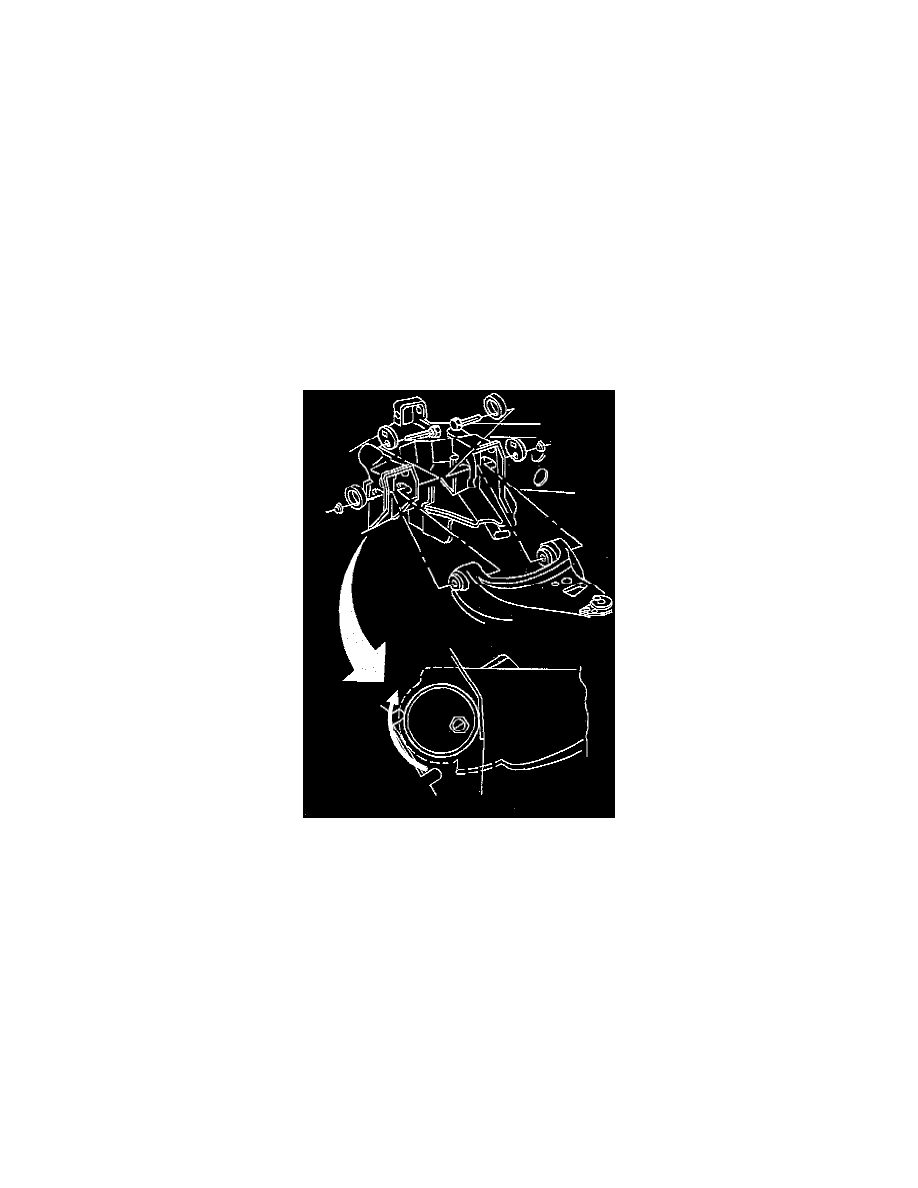S15/T15 Sonoma P/U 4WD V6-4.3L VIN X (1998)

Alignment: Service and Repair
Front Wheel Alignment
Measuring Front Alignment Angles
A wide range of front wheel alignment settings allow for satisfactory vehicle operation. You should make an adjustment if the settings vary beyond
certain tolerances. Wheel alignment specifications are a guideline for vehicle diagnosis and for repairs.
Important: Set the front wheel alignment to specifications while the vehicle contains a typical load. Vehicles which are consistently operated with
heavy loads should have the toe-in adjusted with the vehicle under heavy load. This procedure results in longer tire life.
1. Measure the front wheel alignment angles.
2. Install the alignment equipment according to the manufacturers instructions.
3. Measure alignment angles and record the readings. If adjustments are required, make the adjustments in the following order:
3.1. Adjust the caster.
3.2. Adjust the camber.
3.3. Adjust the toe in.
Front Caster and Camber Adjustment
Important: Before adjusting the caster angle and camber angle, raise the front bumper and release the front bumper. Do this twice in order to allow the
vehicle to return to a normal height.
Use the cams on the upper control arm frame attaching bolts to adjust the caster and the camber.
To adjust the caster and the camber, loosen the upper control arm to frame attaching nuts. Rotate the cam by rotating the bolt head.
^
Caster-To increase positive caster, move the front cam lobe inboard and move the rear cam lobe outboard.
^
Camber to increase positive camber, move the front and the rear cam lobes inboard.
Tighten the nuts after you select the proper cam position.
Front Toe Adjustment
